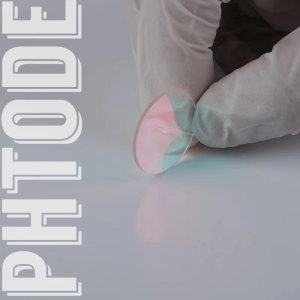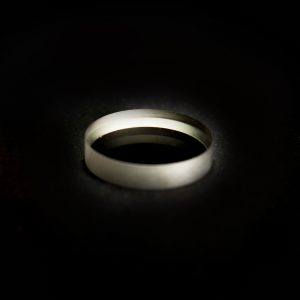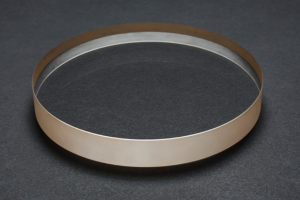Hanzhong Borisun Optics takes you to understand German optical processing standards
1/1 × zero point zero four
1/represents the requirement for bubbles
Example: 1/1 × 0.04 allows a bubble with a diameter of 0.04
Actually, the area of the bubble is 1 × 0.042=0.0016mm2
It can be split into many small bubbles, but its total area remains unchanged.
For example: 1/1 × 0.04 is equivalent to 1/3 × 0.025 or 1/6 × 0.016,1/16 × 0.001 etc
2/01
2/represents the requirement for stripes
2/01 indicates that 01 level stripes are allowed
Stripes are divided into levels 01-04
3/3(1)0.5
3/represents the requirement for aperture
3/3 (1) 0.5 represents the number of apertures as 3, and the number in parentheses represents the difference between the apertures in two vertical directions, that is, the aperture in one direction is 3, and the aperture in the vertical direction is 2. Local error is allowed to be 0.5 circles
4/3.2’
4/represents the requirement for eccentricity
4/3.2 ‘represents a plane inclination angle of 3.2’, if converted to eccentricity C at the center of the sphere
C=inclination angle x spherical radius value/3438
Example: r=53.43, with a plane inclination angle of 3.2 ‘, then C=3.2 × 53.43/3438=0.0497
5/1 × 0.063; K2x0.004; R0.1
5/represents the requirements for surface defects
5/1 × 0.063; K2x0.004; R0.1
one × 0.063 indicates that a spot with a size of 0.063mm is allowed. Like bubbles, the area of the spot can also be converted into many small spots, such as 1 × The area of 0.063 pits is: 1 × 0.063=0.004mm2 can be converted to 3 × 0.05; six × 0.025; sixteen × 0.016; forty × 0.01 can also be converted to 1 × 0.04+4 × 0.025 As long as the total area of the pits remains unchanged, similarly, those with parentheses cannot be split into multiple small pits.
K2x0.004 indicates that 2 scratches of any length and width of 0.004mm are allowed. Scratches can also be disassembled into many small scratches with the same scratch area, but the total area remains unchanged.
The scratch area can also be replaced by pits.
6/10
6/represents the requirement for material stress
6/10 indicates that the material is allowed to have a 10nm optical path difference, which means that the light is allowed to produce a 10nm optical path difference every 1cm.




